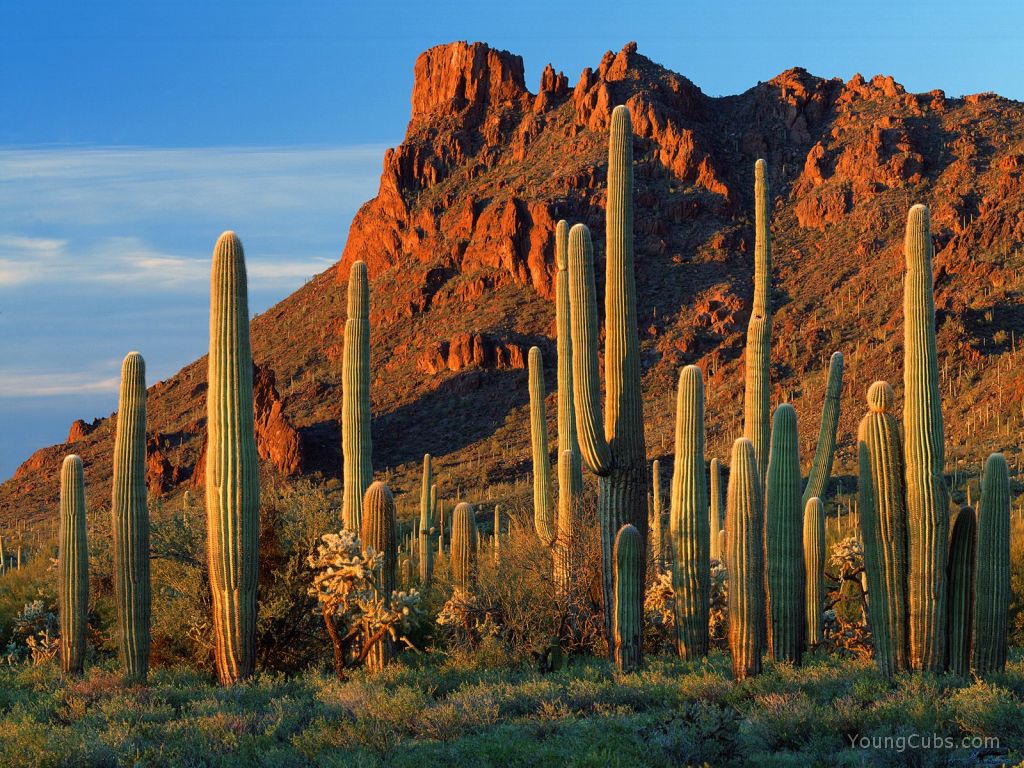
Deep in the Southwest back country and accessible only by train, the pristine and protected Verde Valley, an ecosystem supporting a wide variety of flora and fauna, is situated in the otherwise arid high desert of north central Arizona. It is a place of incredible beauty and immense age. Where I see towering vermilion cliffs laced with green malachite, a trained eye begins with the primeval seabed and traces upwards along rock walls through ten named time periods spanning 350,000,000 years to end with the Mogollon (moo-gea-on) Rim which forms part of the Colorado Plateau. Yet, for all the ponderous weight of ages, time sits so lightly in the valley that fossilized remains of long extinct species still lie on the surface.
Prehistoric peoples in the region numbered in the thousands. Archaeologists regard the Verde Valley as an "aboriginal melting pot" that included tribes we call the Hohokam, Anasazi, Sinagua, Mogollan and Salado. No one knows what they called themselves.

The Sinagua flourished along the Verde River, but life was never easy. Over half of all known skeletal remains are those of children under the age of nine. Just 4% of adults reached 45 years of age. But while they lived, they evolved from hunter gatherer, pit dwelling societies into builders of soaring cliff dwellings that remain intact today. (See one here.) A cornucopia of trees and plants provided food, medicine, clothing and shelter. The wonderful "Three Sisters" triad (corn stalks supported bean vines while the squash leaves shaded all three root systems) and the plentiful fish and game gave the inhabitants a rich and varied diet. They became master cotton weavers. From the tall, hilltop, pueblos, they commanded 360 degree views and established trade with both coastal and tropical tribes as evidenced by the parrot feathers and seashells found at grave sites. (See one here.) And then, at the height of their civilization in what is known as "The Great Abandonment", these tribes vanished into history. Theories abound, assimilation is one, but facts are few. No one really knows why.

Still, the wildlife remains in the Verde Valley and among them are superstars. A pair of breeding bald eagles, named "Black" and "Decker" have produced offspring nearly every year since their release in 1993. Everyone strains to catch a glimpse of them, but since we are not food and no longer a threat, they remain oblivious to us and reign in solitary majesty, perched high on red rock pinnacles safe from predators and prying eyes. But, when they deign to soar closer and their huge wingspan casts a giant shadow that glides silently over the cliffs, you literally stop breathing. Think about that. How many things have you seen in your lifetime that take your breath away?
Riding along on the Verde Valley Railroad, gazing out picture windows while sitting in cushy sofas as someone serves you drinks, it is easy to get caught up in facts about geology, copper mining, the nearby mountain of slag, the Perkinsville ghost ranch or even running from side to side of the car looking for rocks that resemble turtles. Forget all that. Get up and go outside where every other car is an open aired, fenced platform with unobstructed views. Feel the sun on your arms and the wind in your hair and try to be still with your thoughts. Like time, people touched the earth lightly here and your trip has to be back in time to feel their presence.
Only imagination can take you there.














.jpg)















When I get home, I'm getting my maps out -- your poetry makes me want to visit.
ReplyDeleteLorna